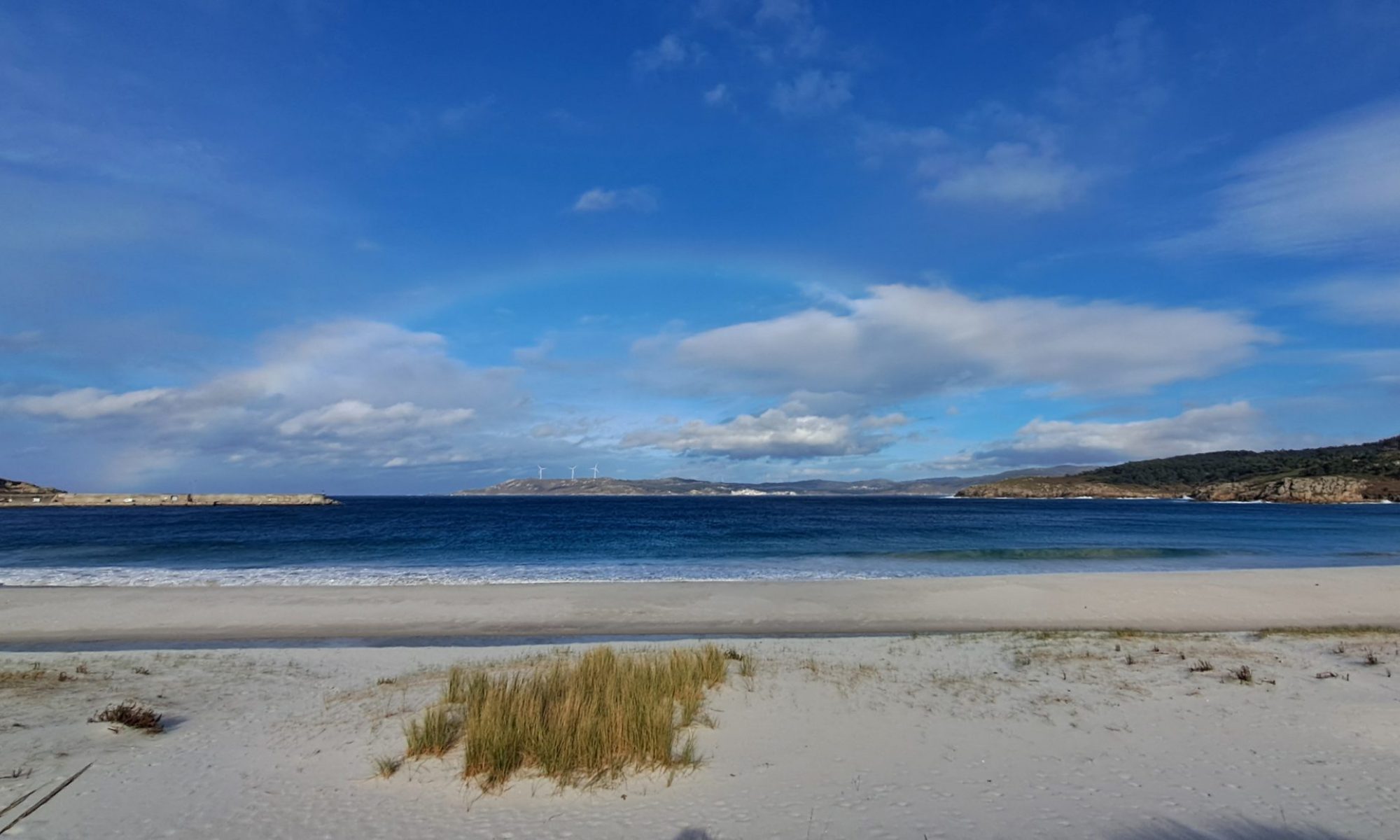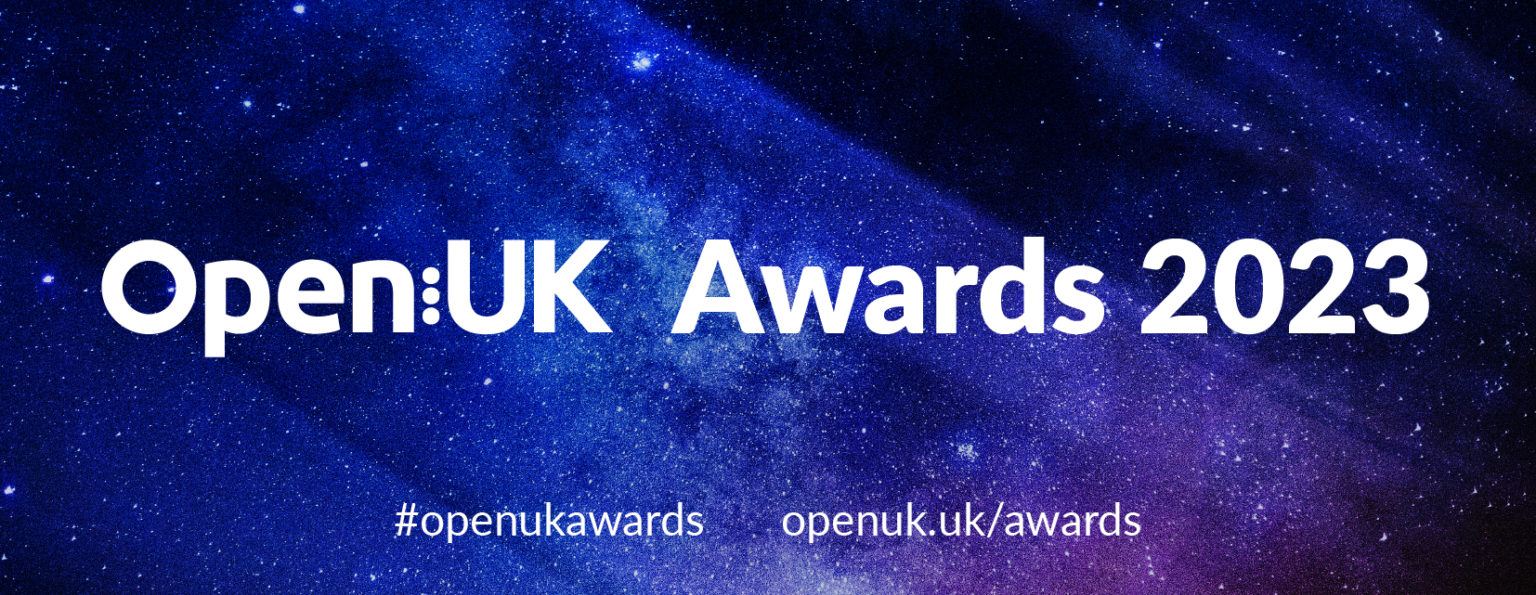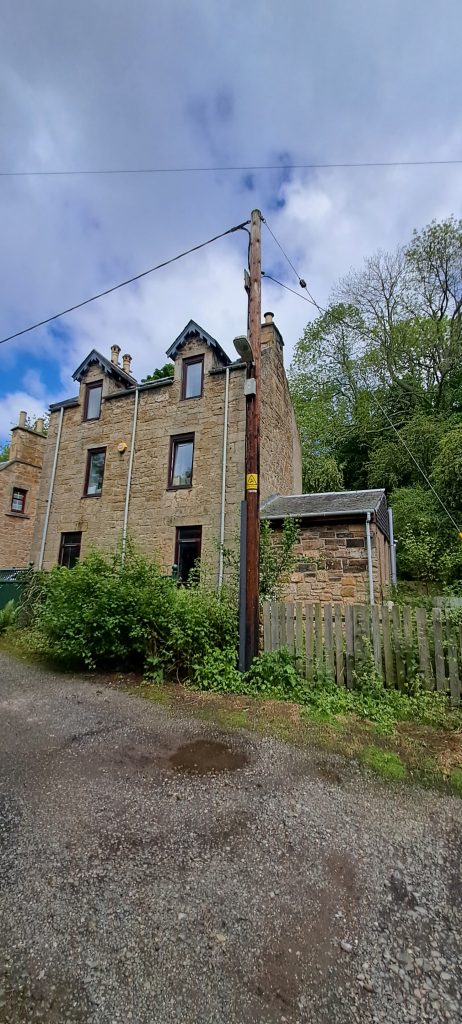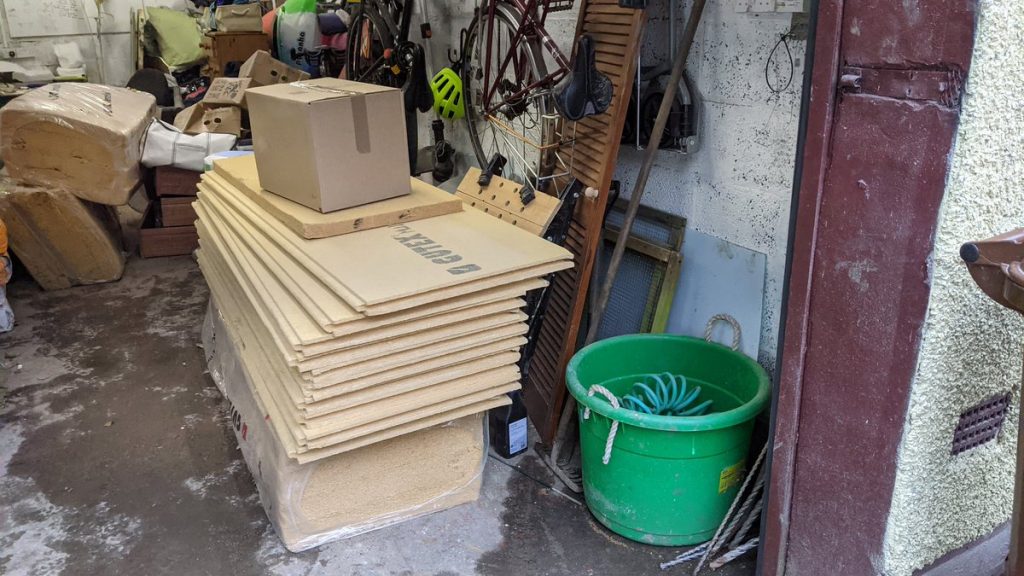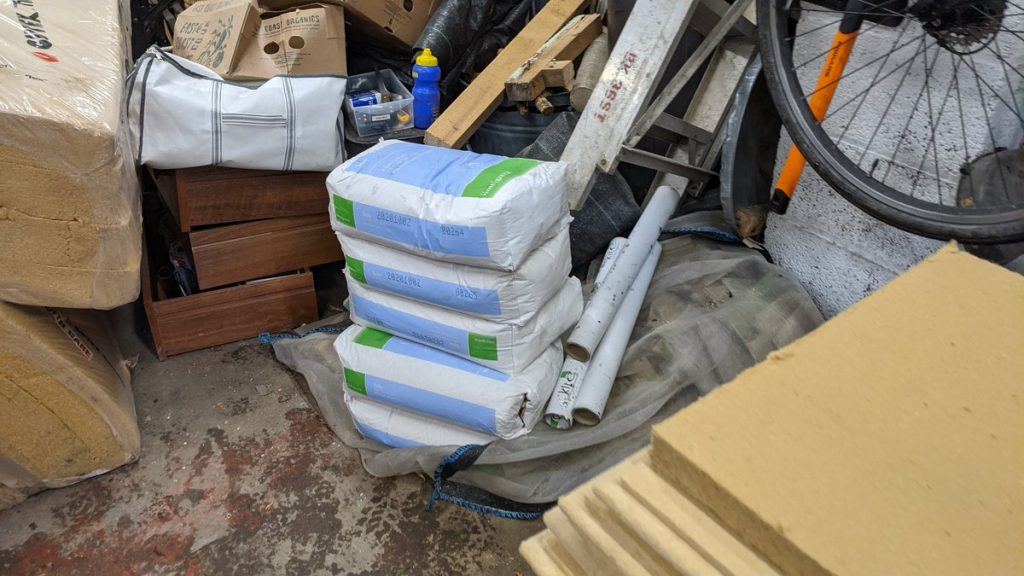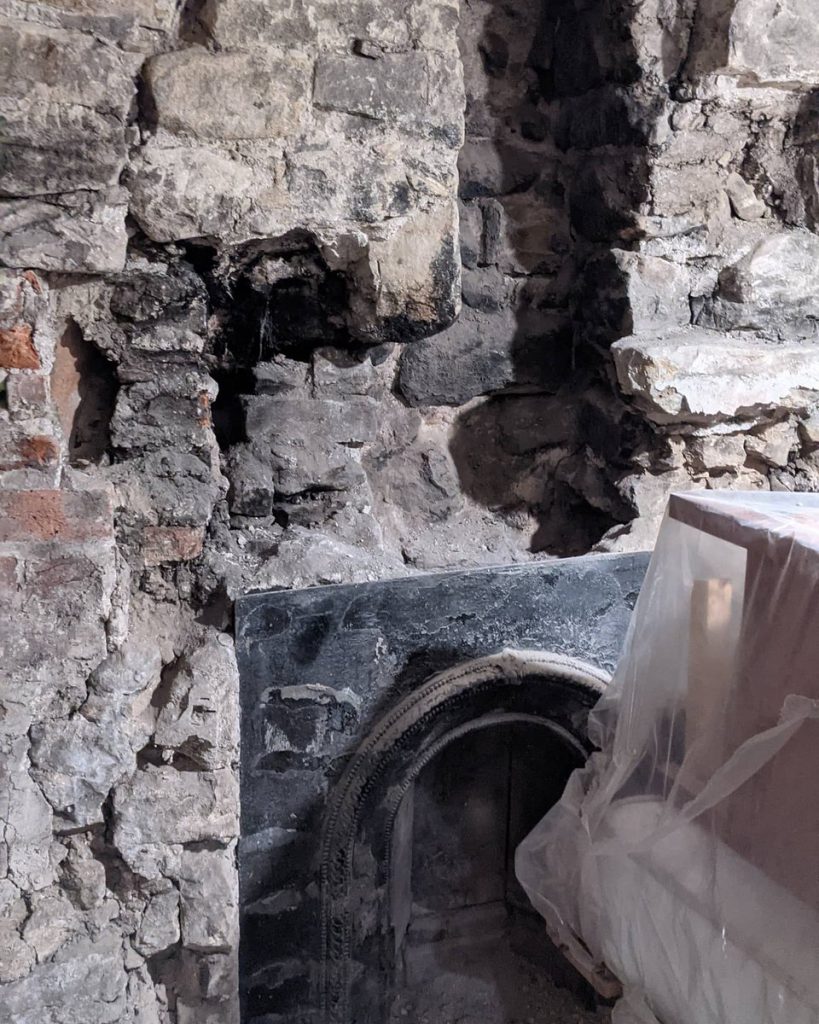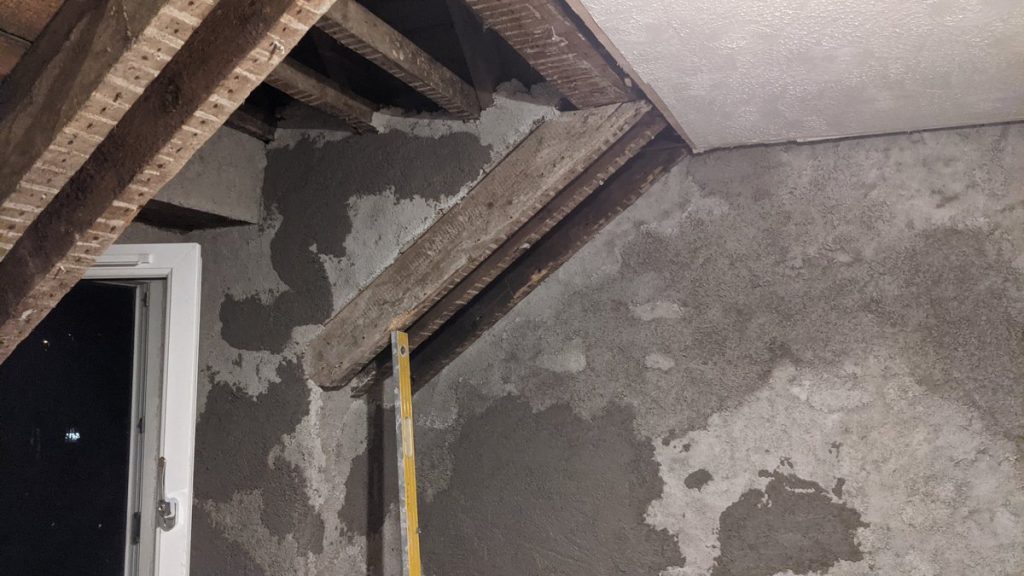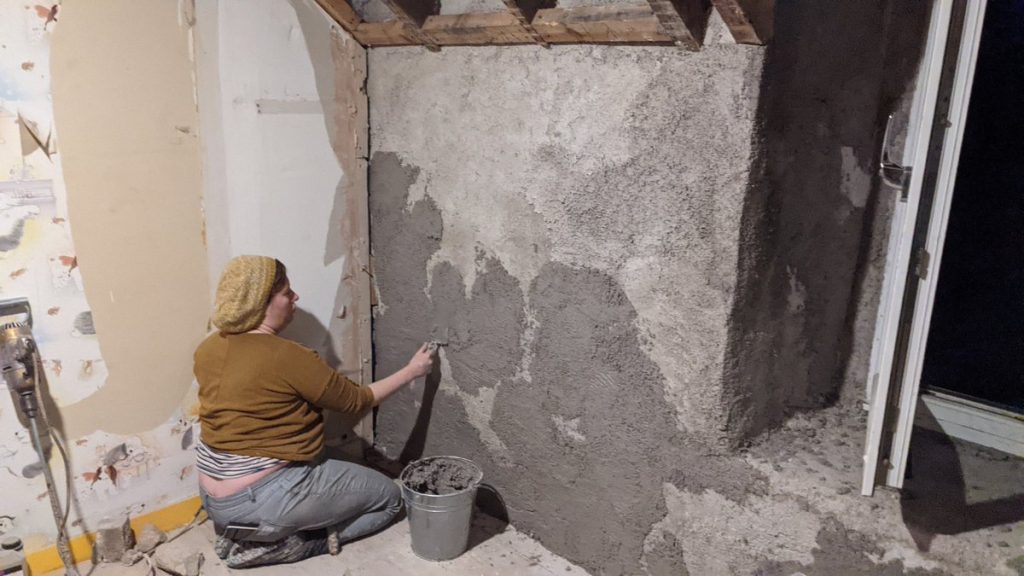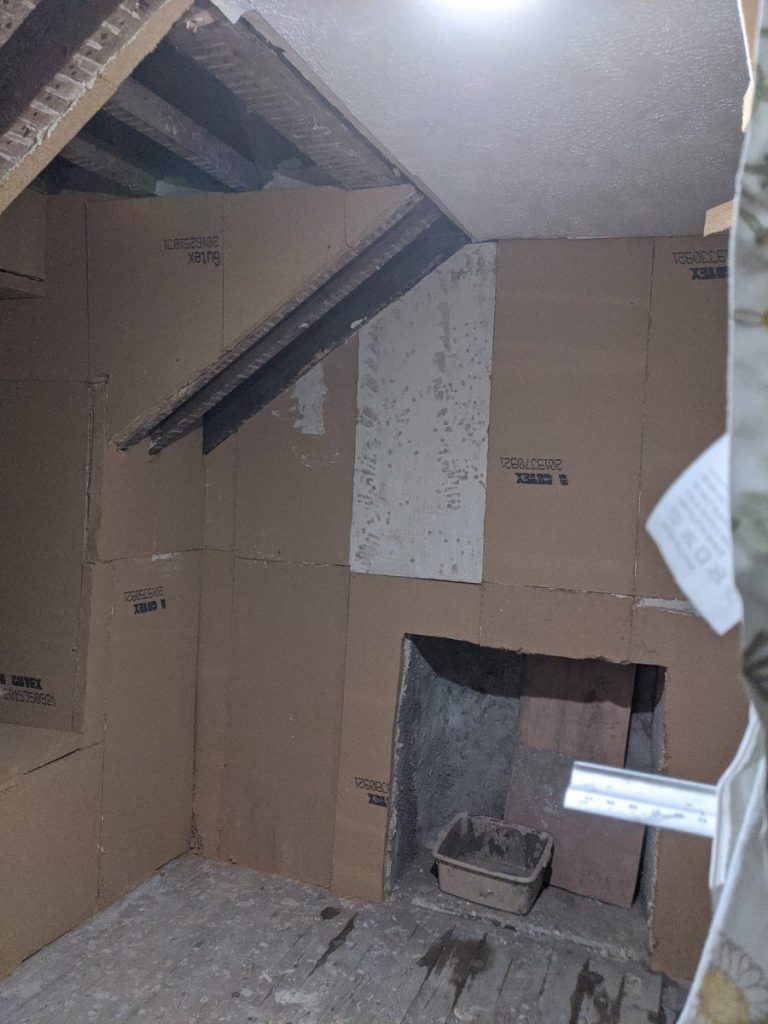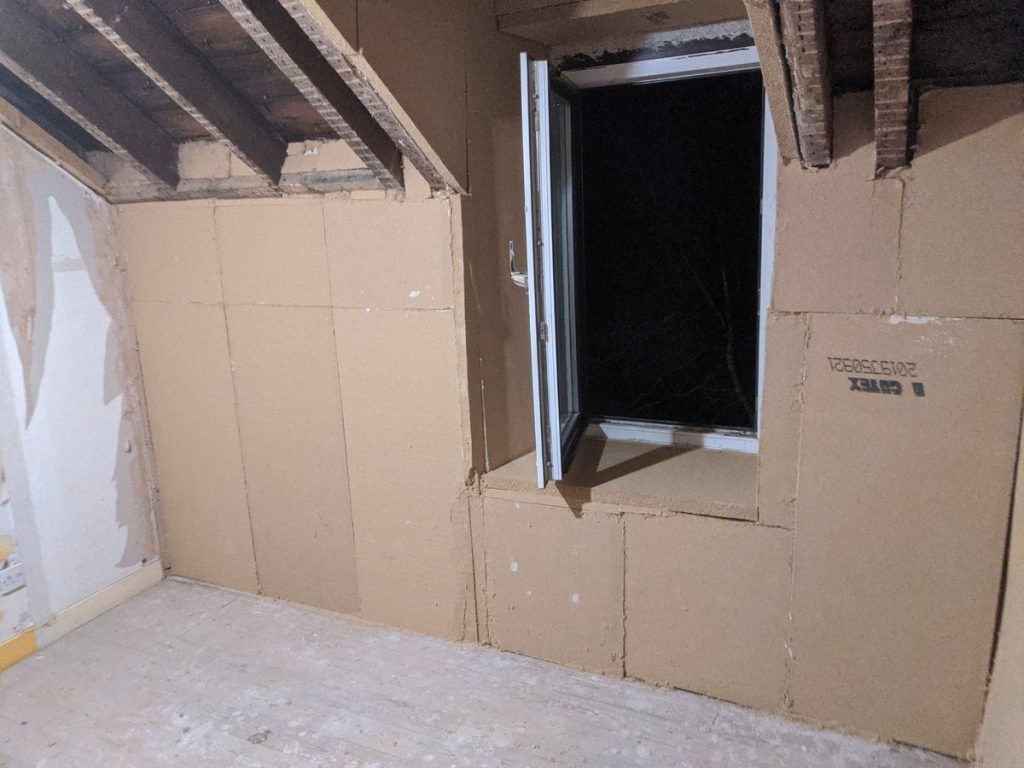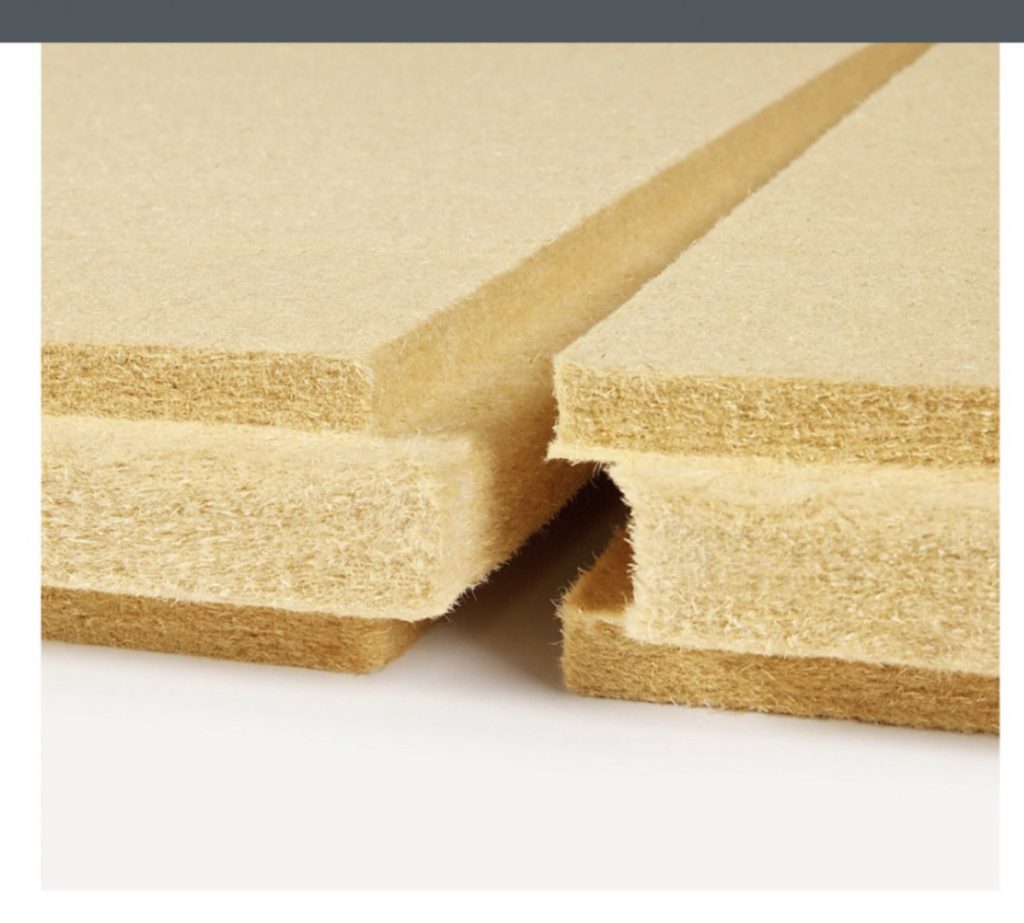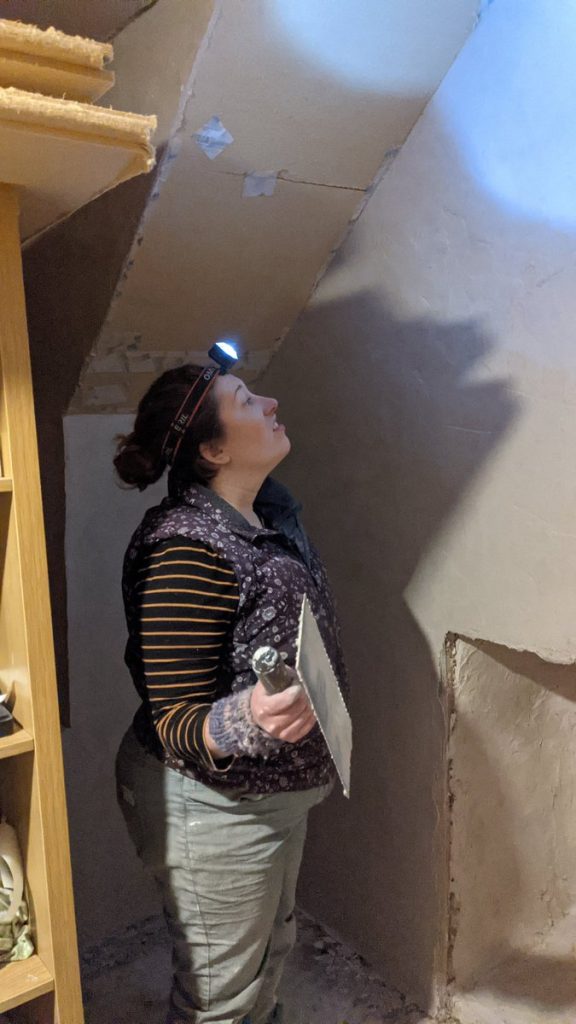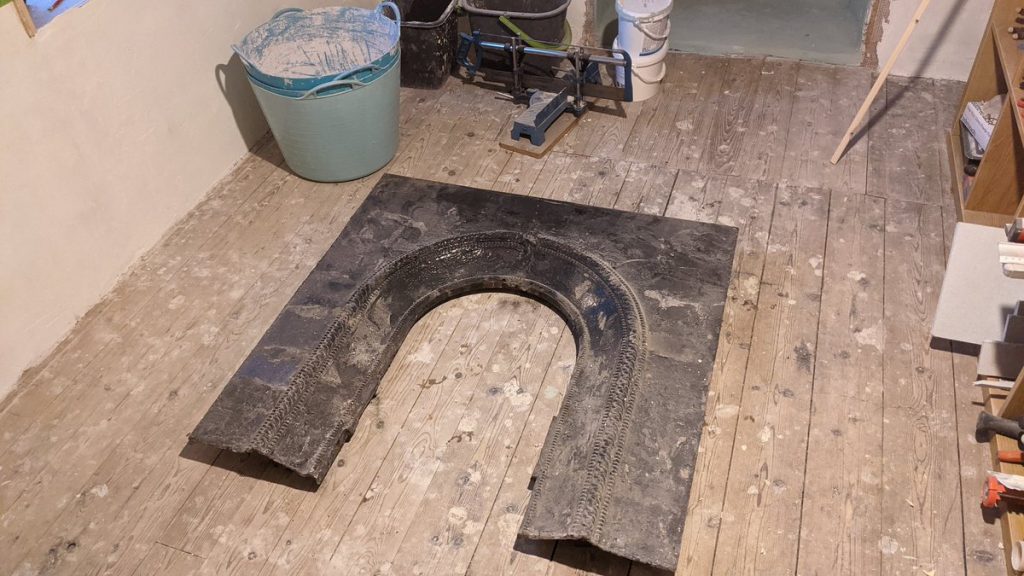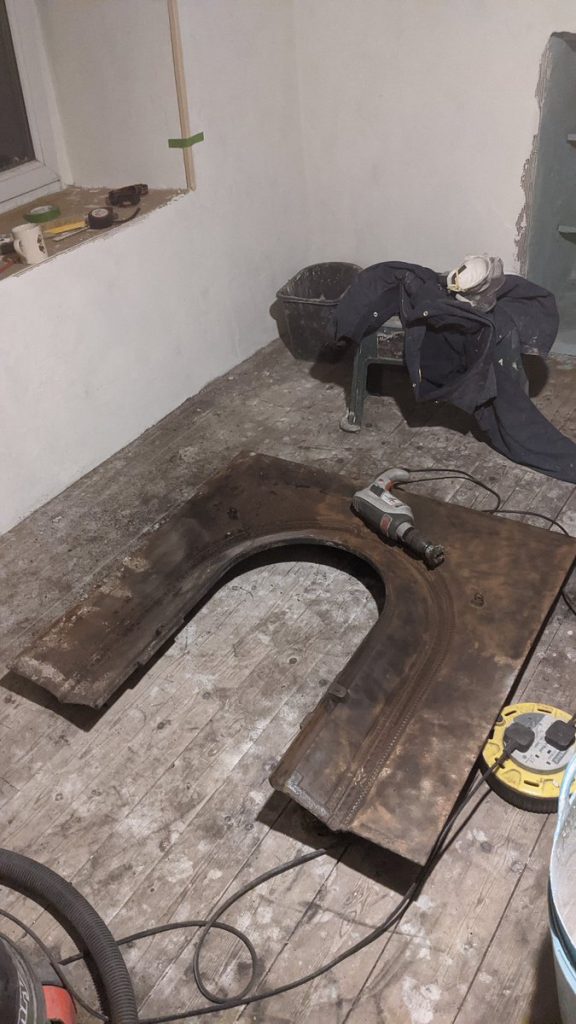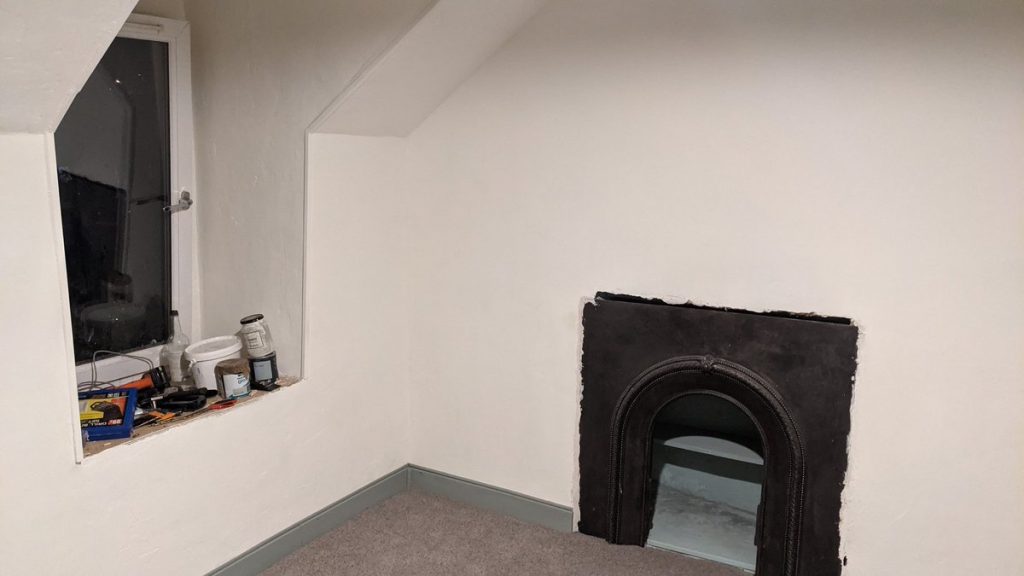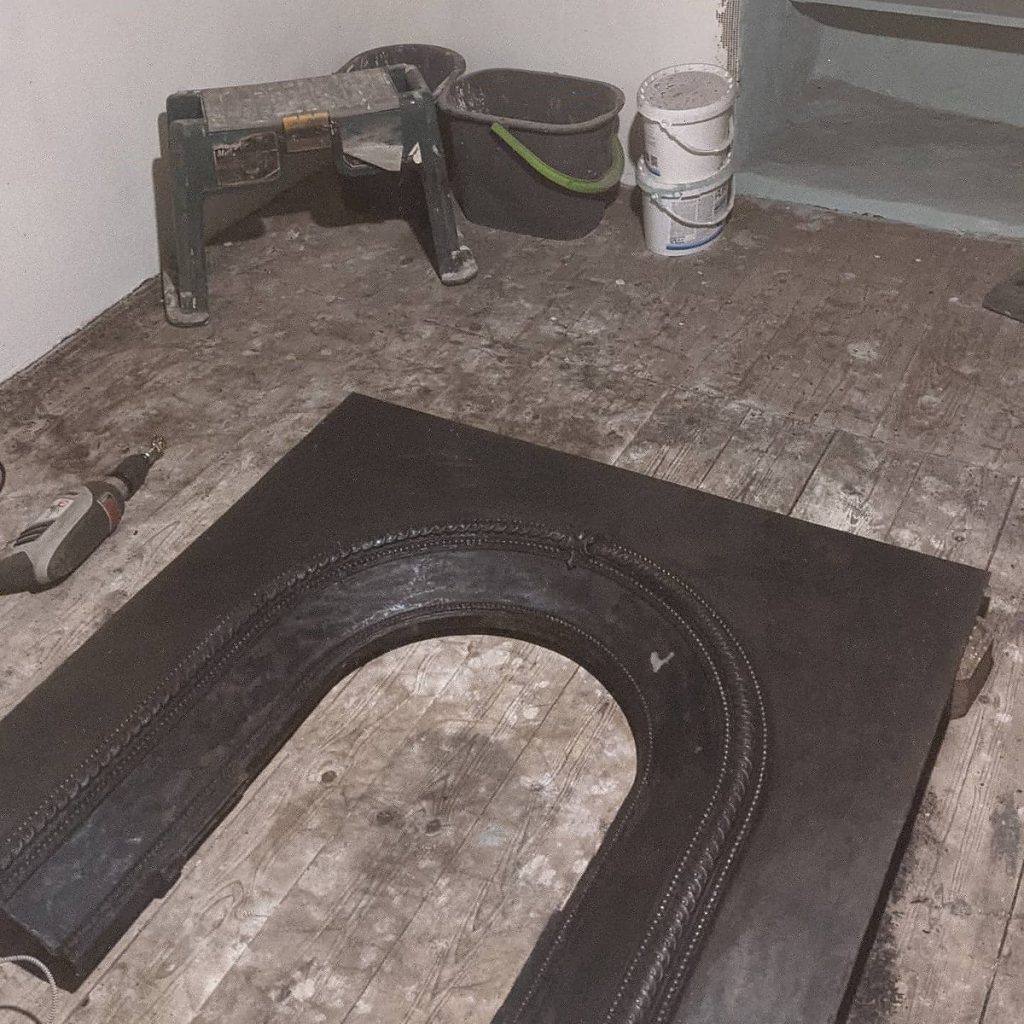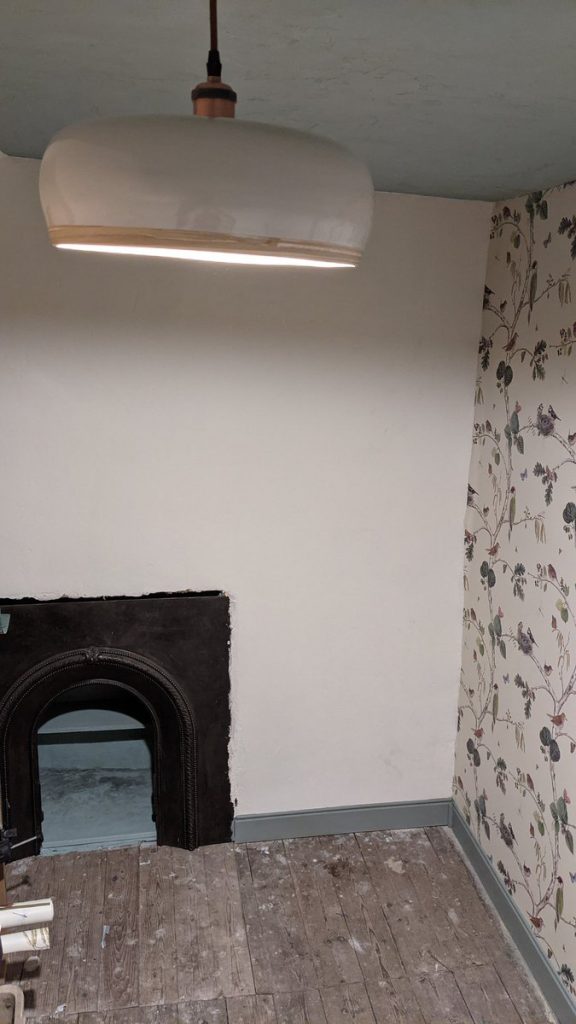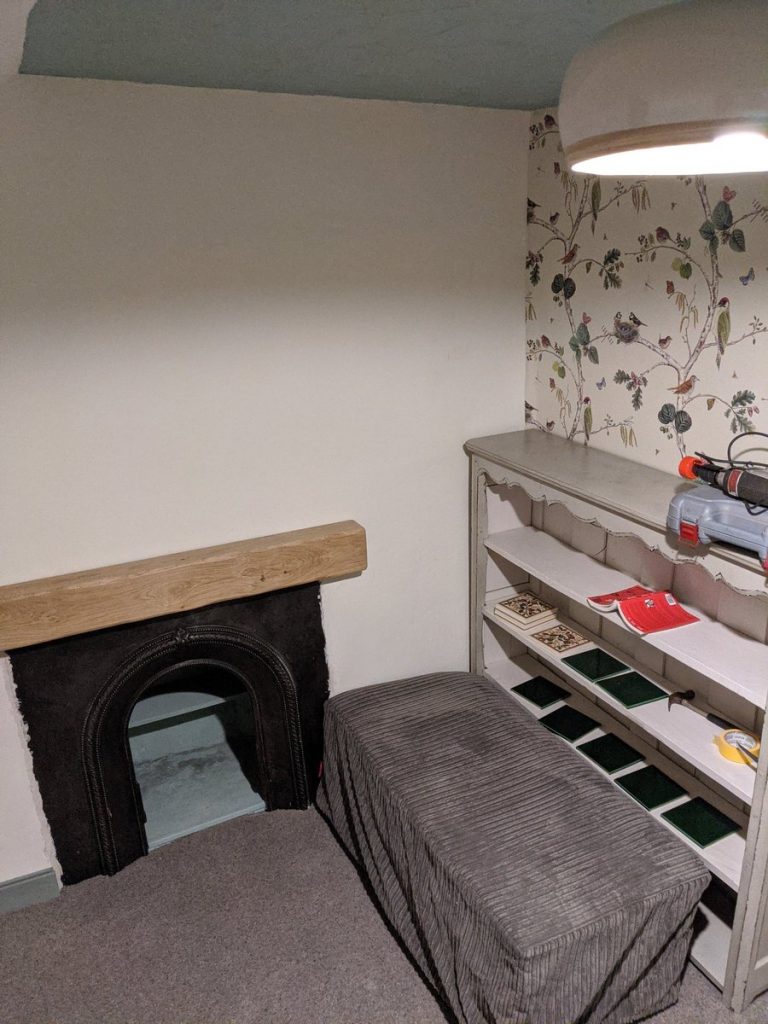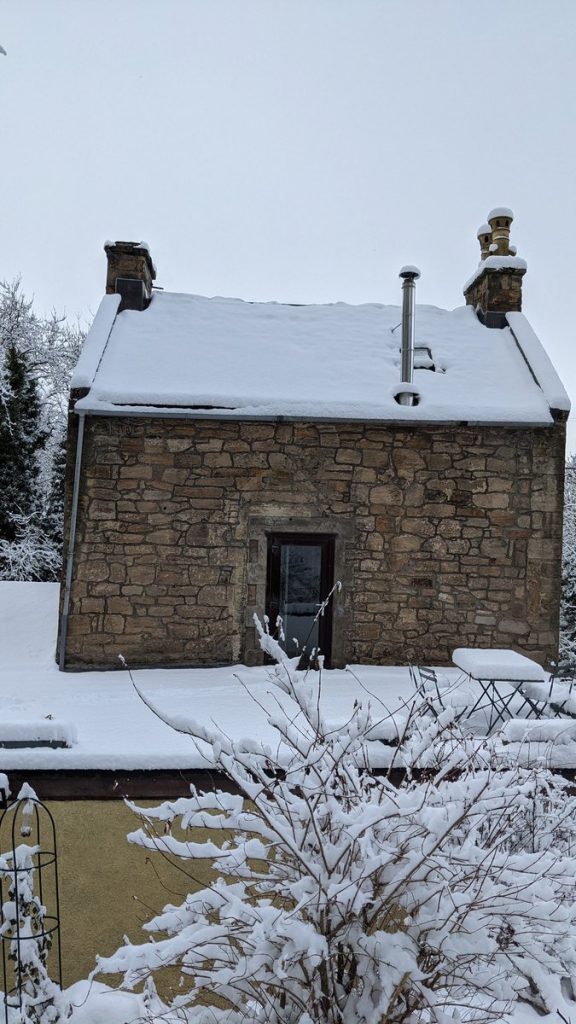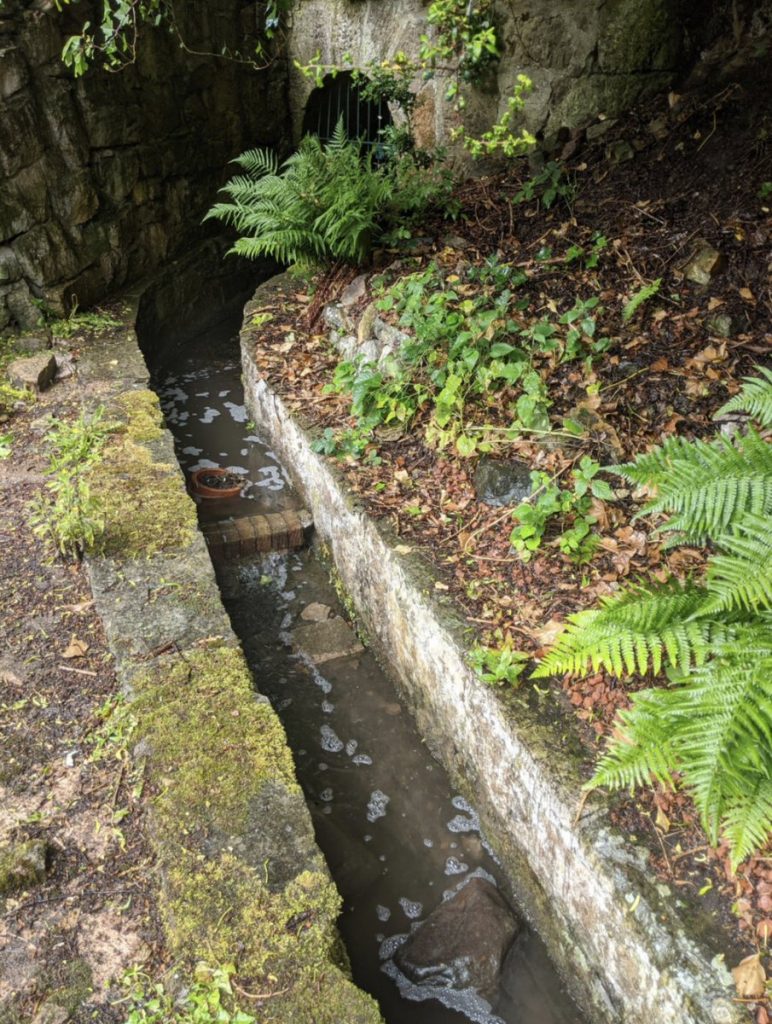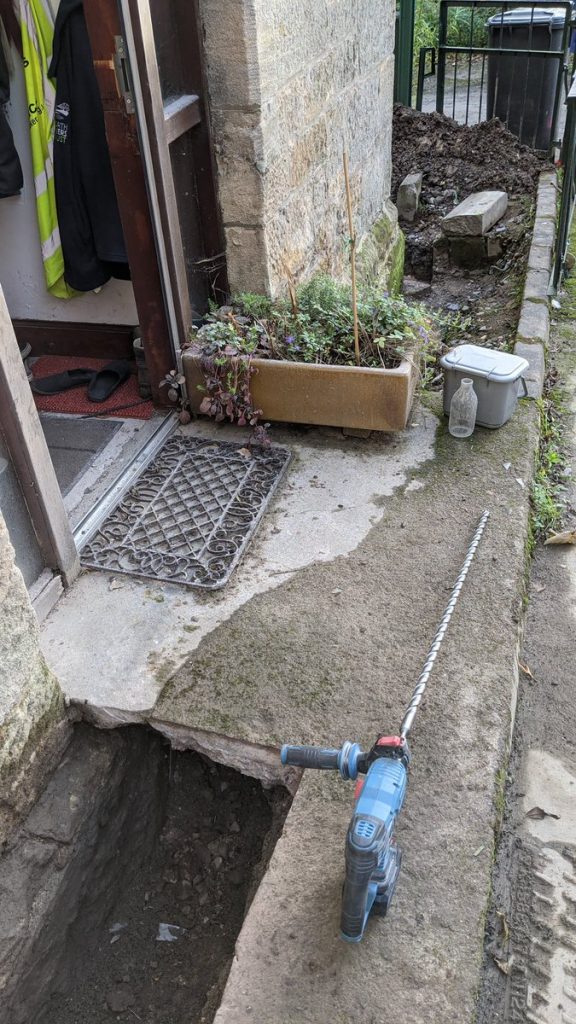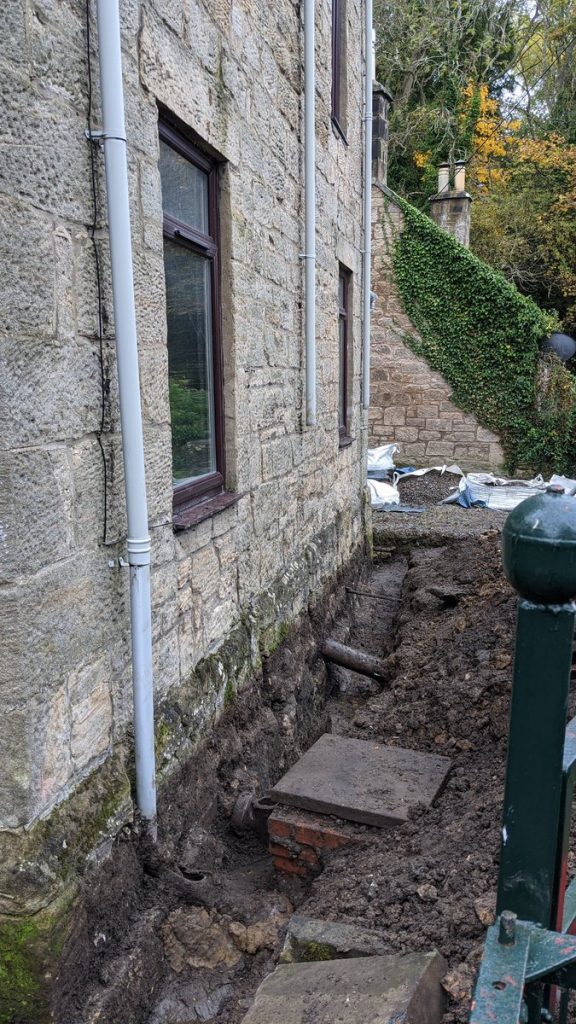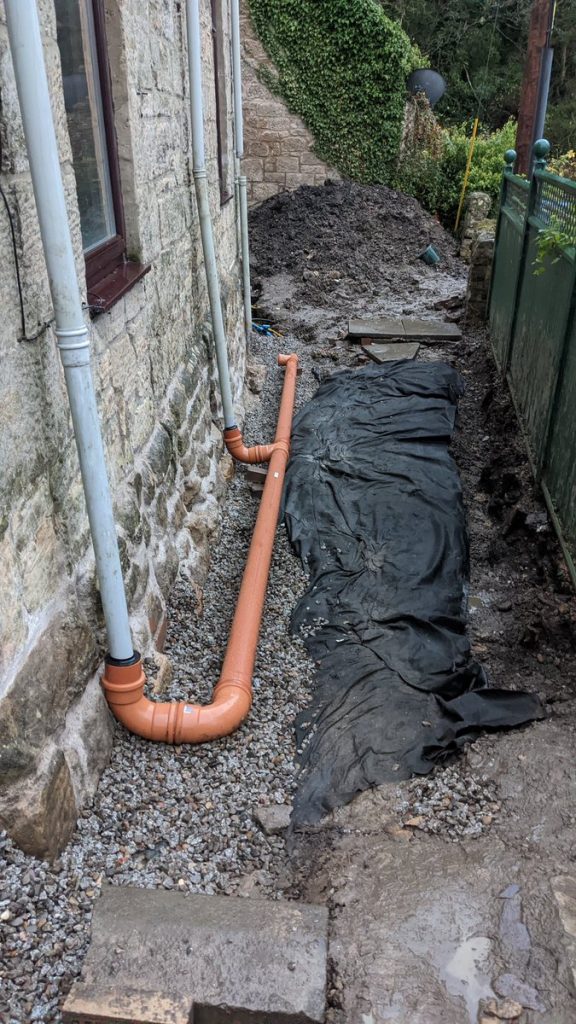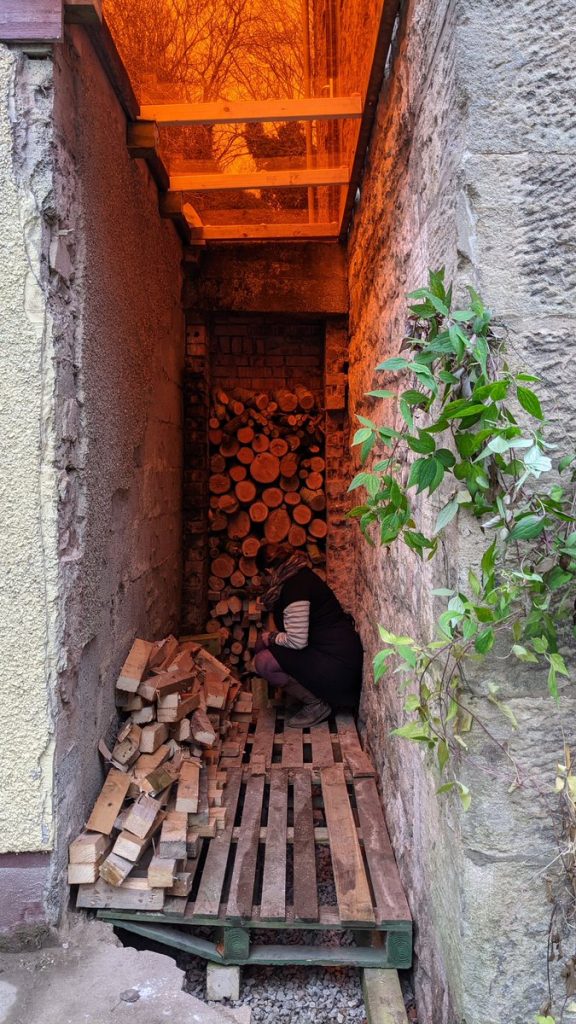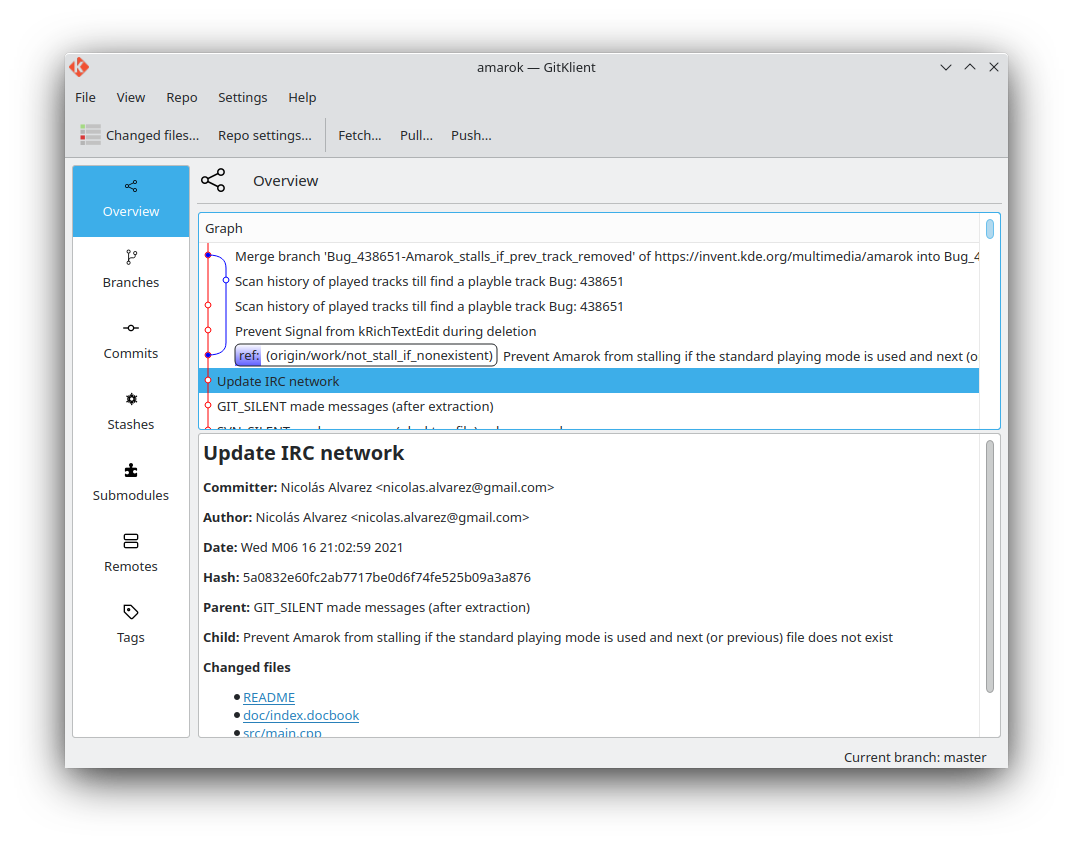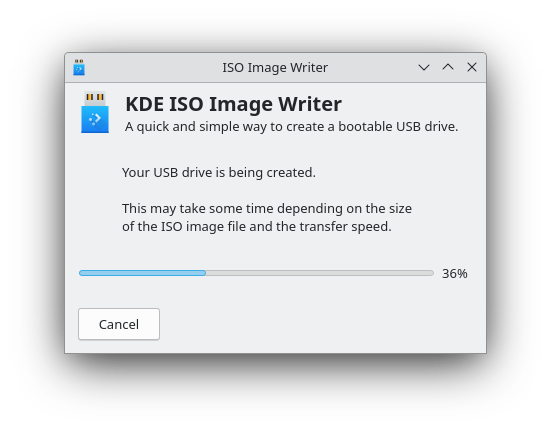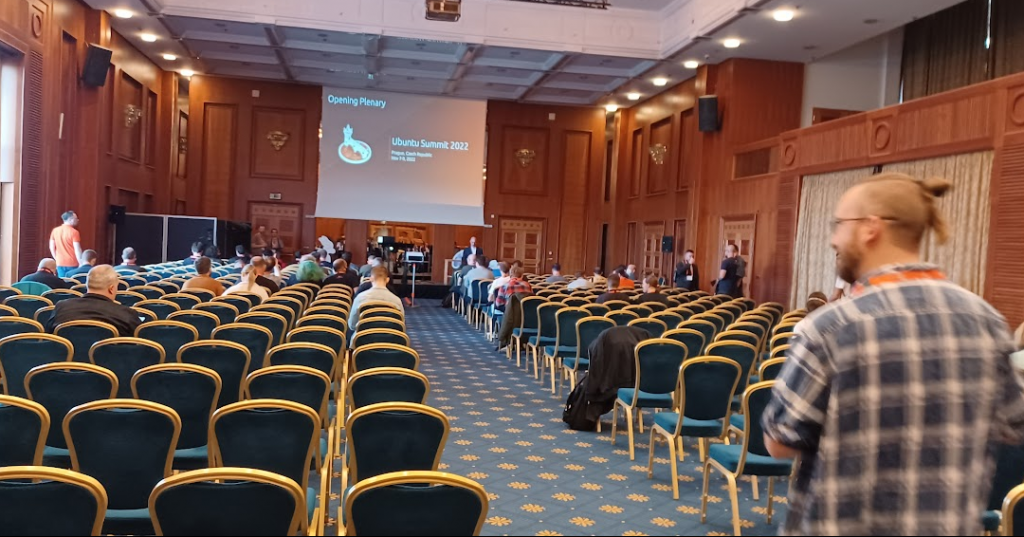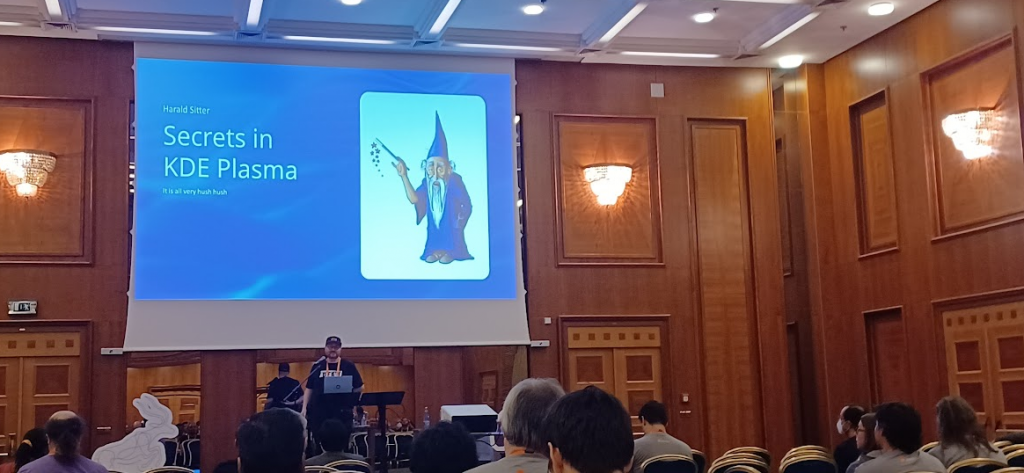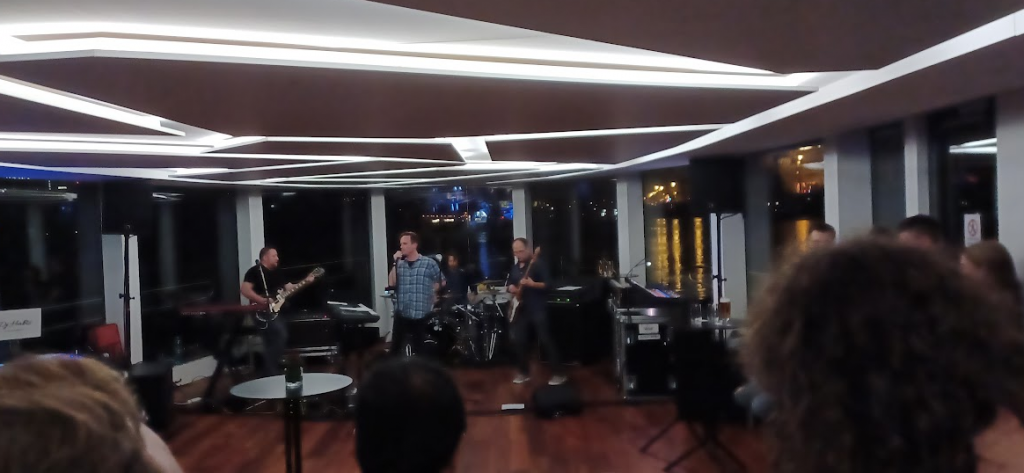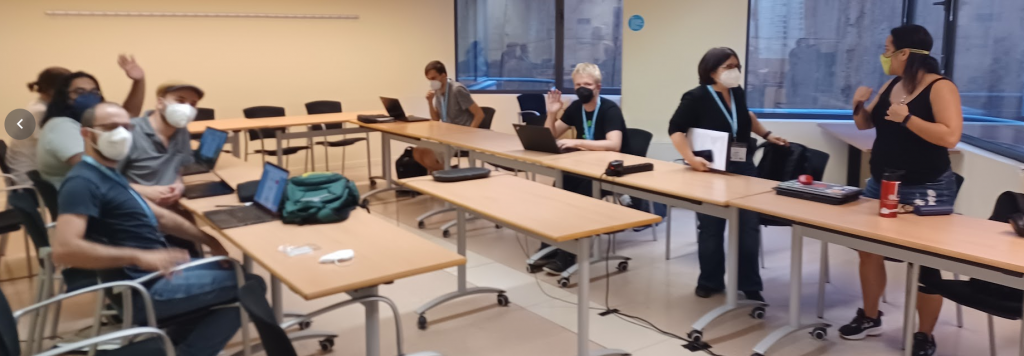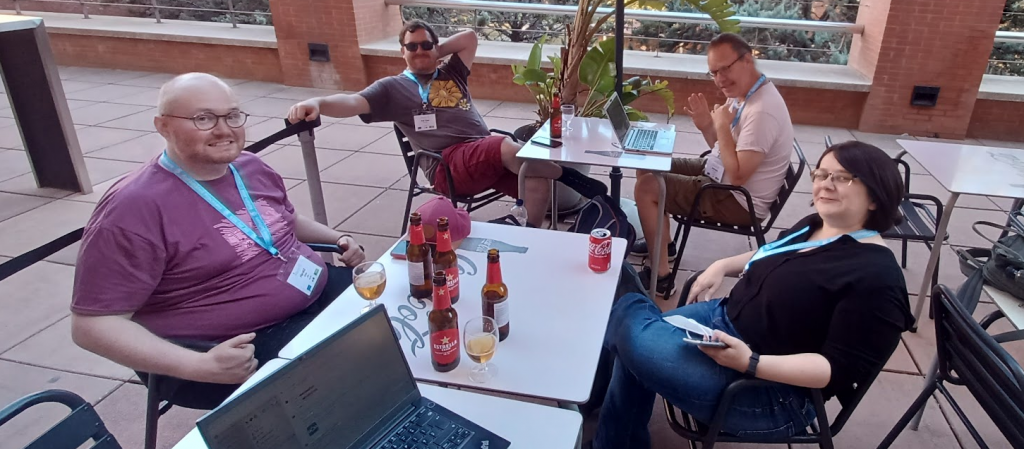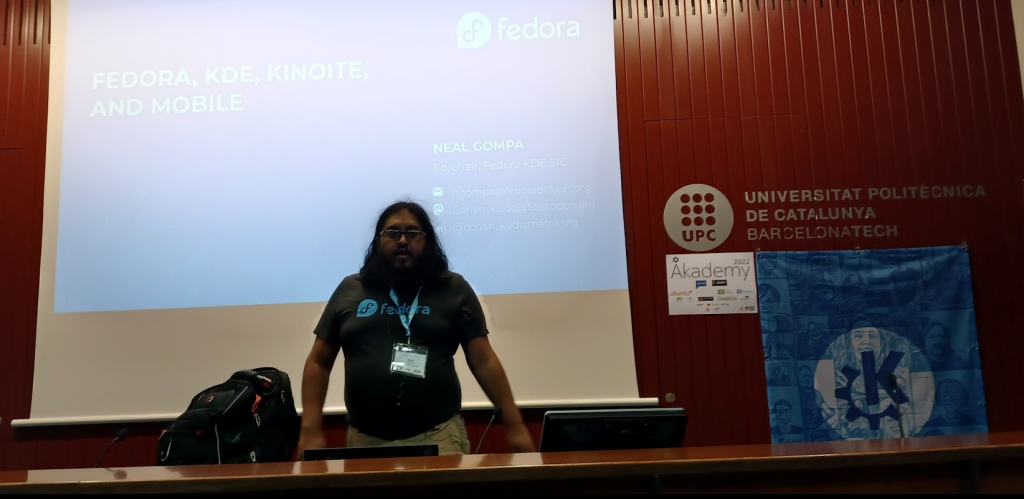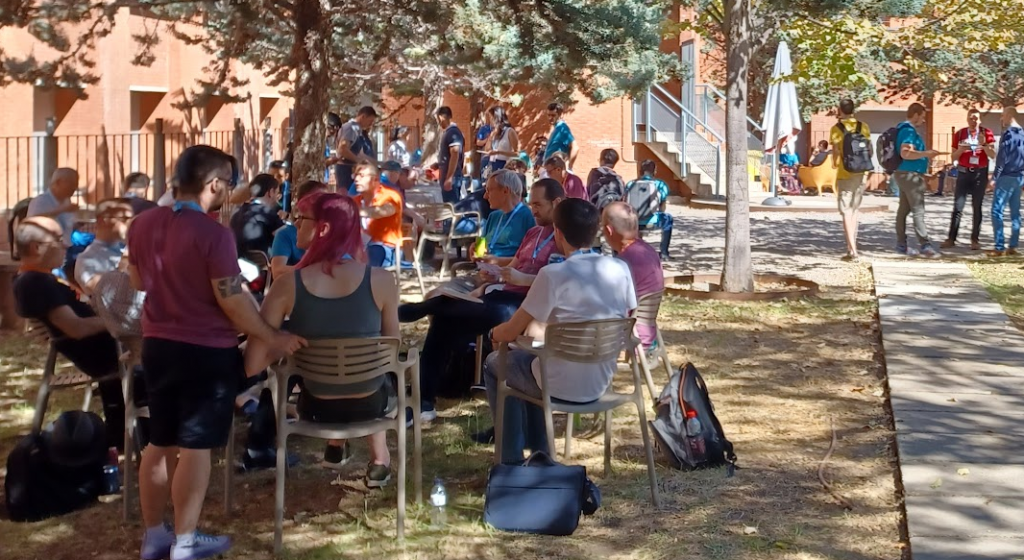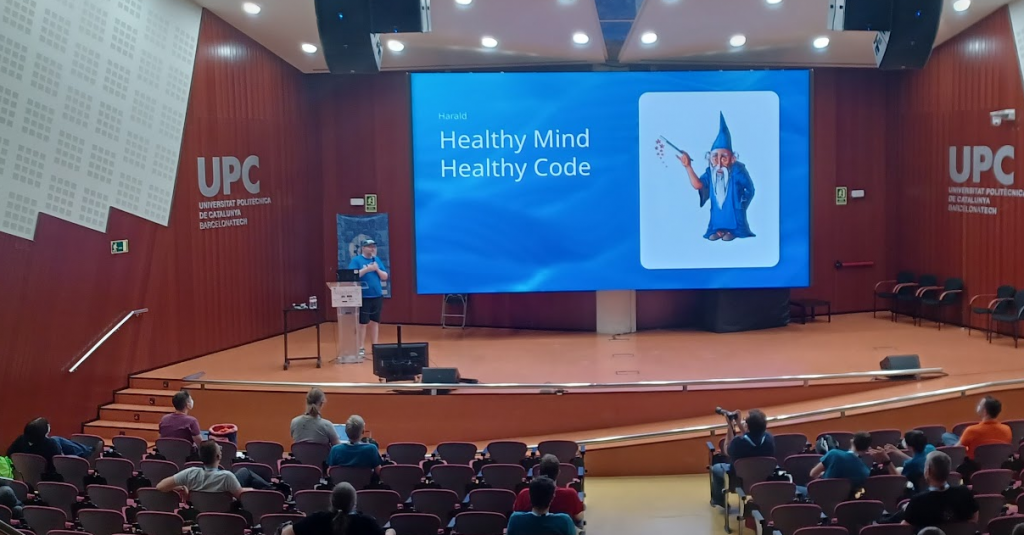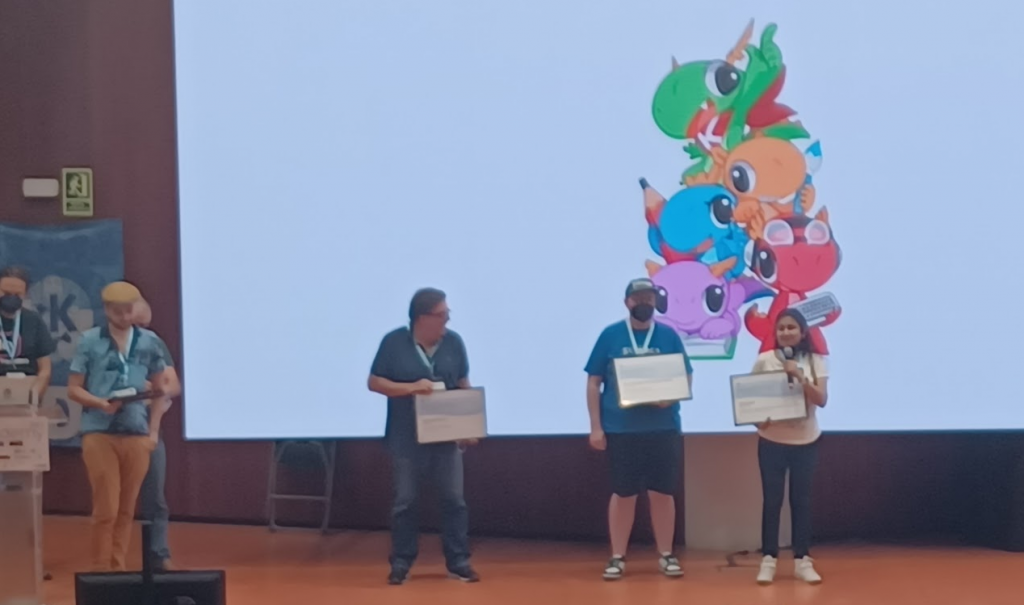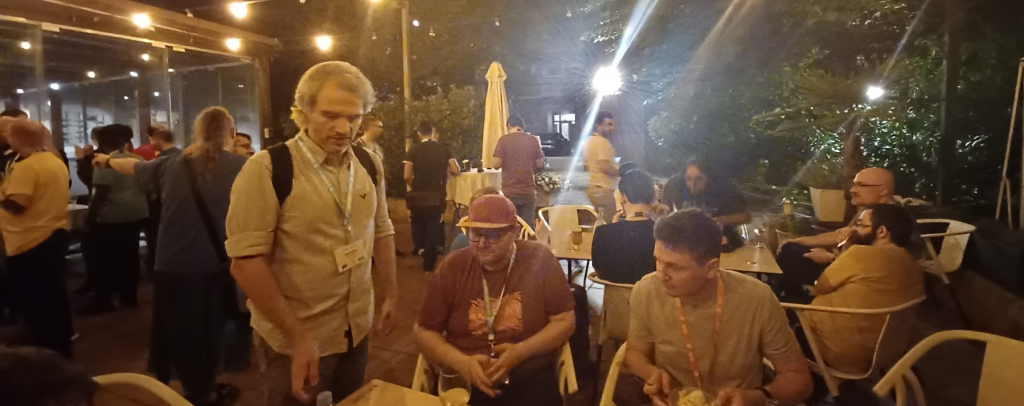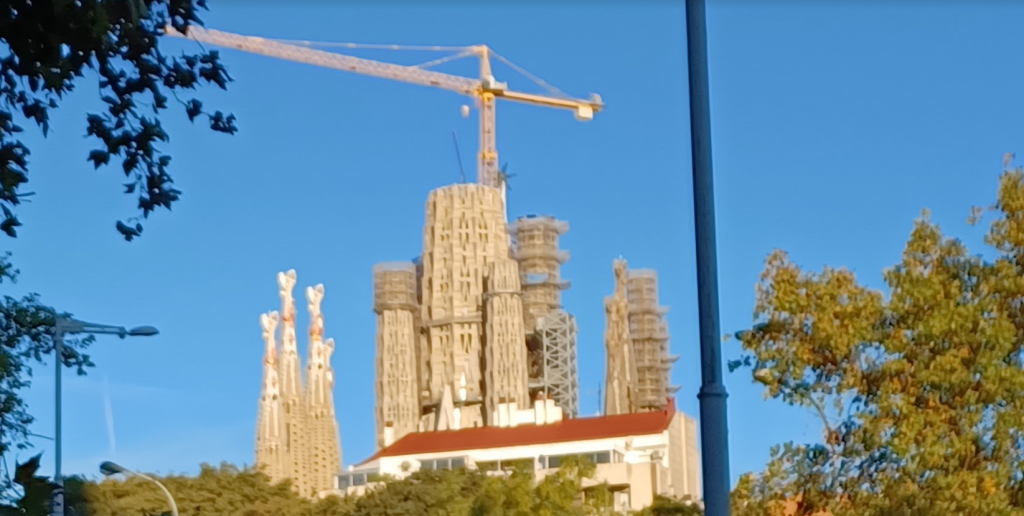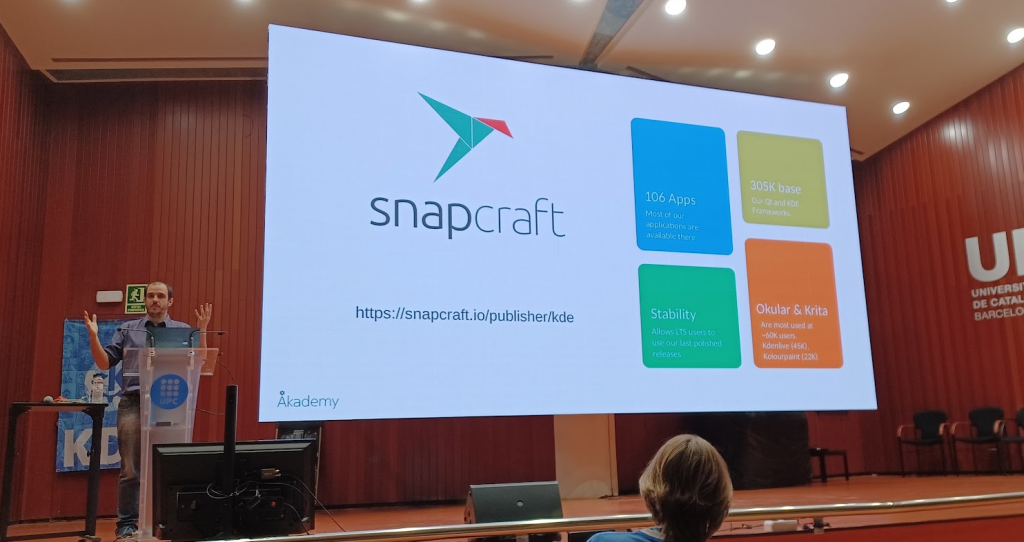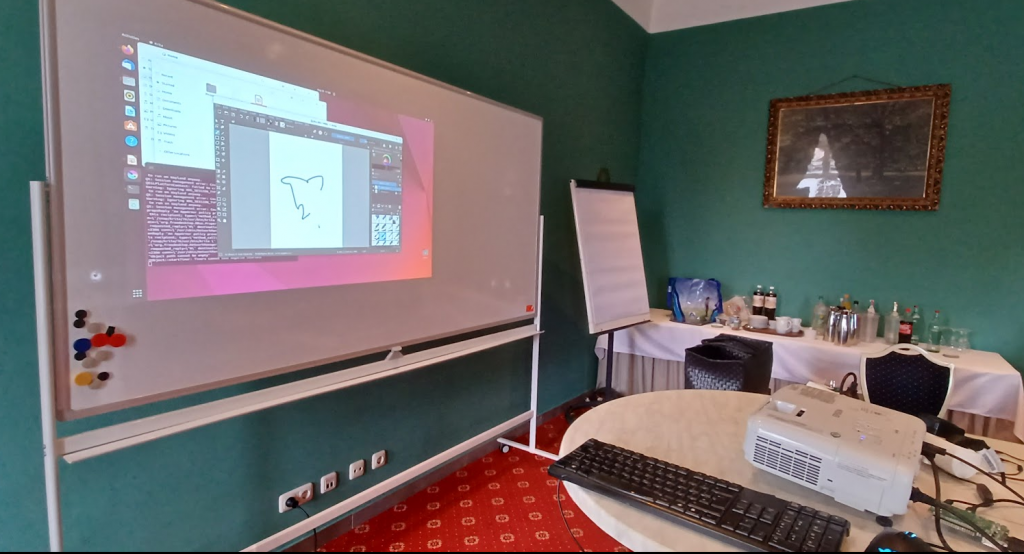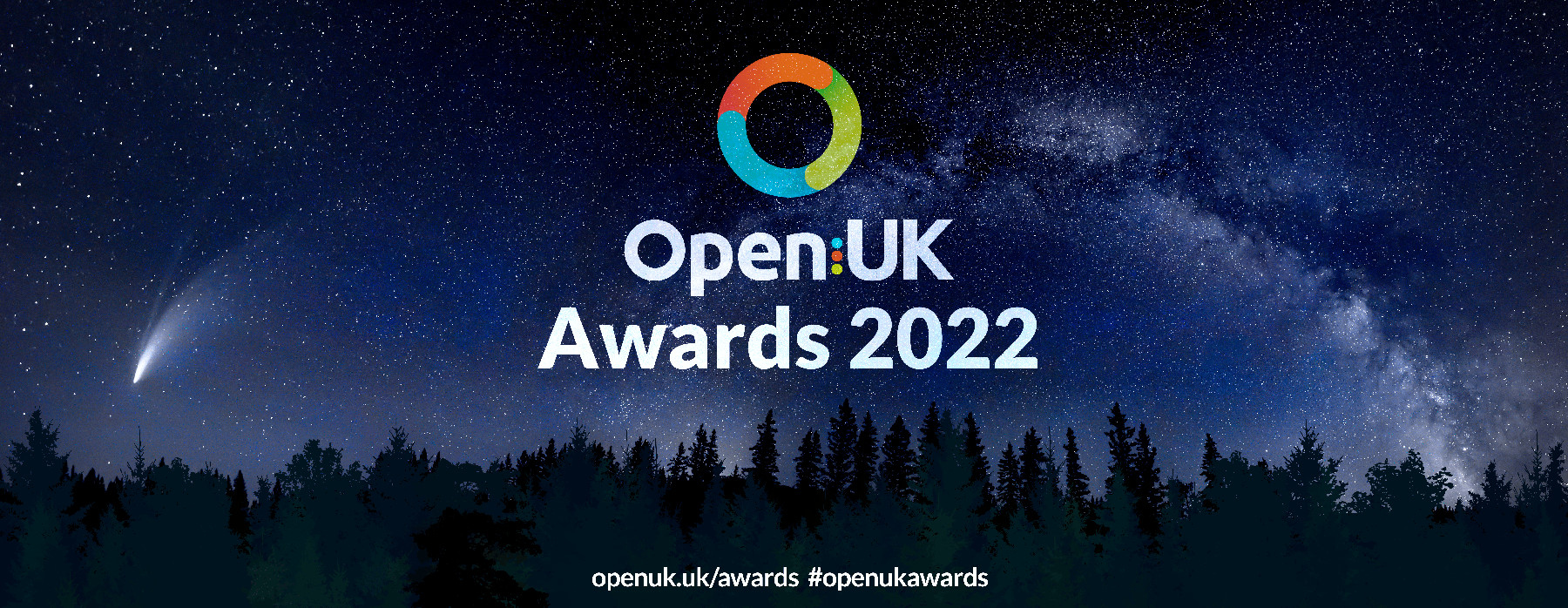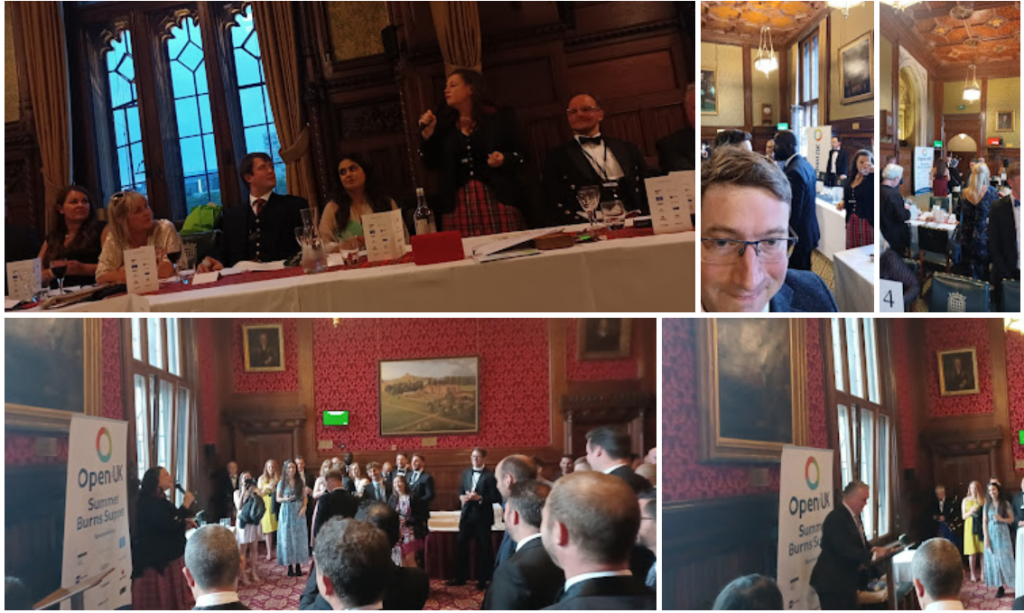Some time ago, before the world locked down, I pondered that KDE wasn’t very good at getting our apps to our users. We didn’t even have a website that listed our apps with download links. If you were an open source app developer using our tech (Qt and KDE Frameworks) would you come into KDE to build your app or just start a project on Github and do it yourself? KDE has community which means some people to help look over your work and maybe contribute and translate and some promo and branding mindshare and there’s teams of people in the distros who specialise in packaging our stuff. But successful projects like Krita and Digikam and indeed my own Plasma release scripts still have to do a lot on top of what KDE communally gives them.
So I launched apps.kde.org and made the All About the Apps goal which was selected in the hope of getting KDE to support taking our apps to the users more slickly. I didn’t manage to make much progress with the goal which I will readily take the blame for. After some fighting I managed to get our announcements linking to the app stores directly but I didn’t manage to get much else slicker.
What my dream still is would be for apps to have a button that…
- Bumps the version number in the source
- Makes the tar and uploads it to a secret place
- Tells the Linux distros to package it
- Packaging for Windows/Mac/Android/Snap/Flatpak/Appimage would be in the Git repo and our CI would now build them and upload to the relevant test sites
- OpenQA style tests would be in the git repo and our CI would now test these packages
- Another button would make the source and packages public in Microsoft Store/Appimagehub/SnapStore/Flathub/download.kde.org and somehow tells the Linux distros and send the announce to the Discuss group and start off a blog post for you
I just released KDE ISO Image Writer (another project I didn’t make much progress with for too many years) and had a chance to see how it all felt
There’s no nice buttons and while we have a tool to make the tar and I have a tool to add the release to the AppStream file, there’s nothing to bump version numbers in cmake or add releases to AppStream or make templates for pre-announcements and announcements.
How’s the packaging and app store situation?
Windows and Microsoft Store
I had to go out and buy a laptop for this, there’s virtual machines available for free which should work but I didn’t trust them with the hardware needed here and they’re time limited so I’m a bit wary of setting up Craft then having to do it again when the time runs out. Craft does a lot of the hard work building for Windows and binary-factory and elite Craft dev hvonreth is often around to give help.
Getting access to the Microsoft Store takes a sysadmin request and working out what to ask for then working out what to upload. I uploaded the wrong thing (a .appx file) when it should have been a .appxupload file and that seemed to break the MS Store from accepting it at all. After lots of twiddling and deleting and generally turning it off and on again I got it uploaded and a day later it was rejected with the claim that it crashed. While the app had installed and run fine for me locally using this .appxupload thing to install it locally did indeed cause it to crash. We diagnosed that to the elevated privileges needed and after some Googling it turns out the Microsoft Store doesn’t seem to support this at all. So my dream of having it available to install there has not worked out, but you can get the installer from download.kde.org and use that.
There’s still only 9 KDE apps on the MS Store at a quick “KDE” search which seems far too few.
AppImage
These have been around for decades and KDE has always had fans of this format (it used to be called Klik at one point e.g. test KOffice). SUSE devs were a big fan at one point. In recent years its gained auto-update, daemons to manage the system integration, build tools, support from top apps like Krita and Digikam and a centralised place to get it in AppimageHub (not to be confused with the other AppimageHub). And yet mass adoption seems as far off as ever.
There’s two ways I found to build it, with appimage-builder which was easy enough to pick up and make a packaging file which uses packages from Ubuntu and neon.
Or you can reuse Craft (used earlier for Windows) to build on Linux for the AppImage. This also allows binary-factory integration but I don’t seem to have got this working yet. It might also be worth exploring openSUSE’s OSB which might allow for other platforms.
I tried to upload it to AppimageHub but that broke the website which needed some back channel chats to fix. Once uploaded it appears shortly, no further bureaucracy needed (which is a bit scary). It doesn’t appear on the KDE Store which seems to be about themes and addons rather than apps. And I put it on download.kde.org.
It’s hard to know how popular AppImage is within KDE, neither of the AppImageHubs seem easy to search and many apps publish their own in various ways. There’s about a dozen (non-Maui) KDE apps with appimages on download.kde.org plus a dozen Maui apps which are developed within KDE and used by the Nitrux distro. I hear complains that AppImage doesn’t support Wayland which will limit them.
Flatpak and Flathub
This format has lots of good feels and mindshare because it integrates well with the existing open source communities.
The flatpak-manifest.json file can be added directly to the repo (which I’m very jealous of, when I suggested it for Snaps it was rejected and caused me to grump off the whole Goal) and that can be added to binary-factory but also to invent.kde.org CI. There’s an active team around to help out. That gets uploaded to a KDE testing repo where you can install and test.
But to get it out to the users there’s a separate process for Flathub the main host for Flatpak packages. That takes a another week or two of bureaucracy to get published (bureaucracy when publishing software for people to install is necessary and important). There’s also a stats website which suggests it has 300 installs.
Searching for KDE on Flathub gives over 130 results.
Snaps
This works the smoothest if I say so myself. Add the packaging to the snapcraft repo and it builds on the invent.kde.org CI which actually just sends it off to the launchpad builders and it builds for ARM and AMD64. Then you get one of the KDE Snapcraft team (Scarlett, me, Harald) to register it and voila it uploads to candidate channel for testing. It needs manually moved into the stable release channel which can either be done by our team or we can share admin rights. The bureaucracy comes when you need to ask for permissions such ISO Image Writer needing access to disks, that took a week to be accepted. The packages are build using KDE neon for Qt and KDE Frameworks etc and we’ve had troubles before when KDE neon moves onto new versions of Qt but the content Snap has stayed on older ones, but we’re working out when to save a spare snapshot of it. The build tool Snapcraft also has a kde-neon extension which just adds in common parts used by KDE snaps but sometimes that gets out of date too so we’ve had to work out ways around it.
The Snapcraft KDE page has about 140 apps. From the admin page I can see ISO Image Writer has 920 installs around the world (not bad for two days old). The store doesn’t seem great at picking up the AppStream meta data so screenshot and icons are often out of date which I’ve brought up with the devs a bunch of times. It’s centralised around a single Canonical owned store which open source/free software fans can find a bad smell but it is what users want.
Others
I’ve not looked at f-droid, Google Play, Chocolately, or Apple’s App Store. With the probable exception of Apple’s store we should embrace all of these.
I couldn’t find any tools to add release data (the files to download) to AppStream file which is what ends up on apps.kde.org, that feels like a low-hanging-fruit fix. Building pre-release tars which aren’t available publicly seems tricky to do, we have that for KDE neon but none of the app stores have it. Similarly tools to make templates for release announcements can’t be hard, I do that for Plasma already.
So lots of work still to do to make KDE have slick processes for getting our software out there to the users, it’s social and technical challenges and cultural shifts take a long time. Loads of people have put in lots of work to get us where we have today but still lots to do. If you’re up for a challenge and want to help I hope this blog shows the challenges and potential for fixing them rather than sounding too negative. Let’s keep KDE being All About the Apps!
